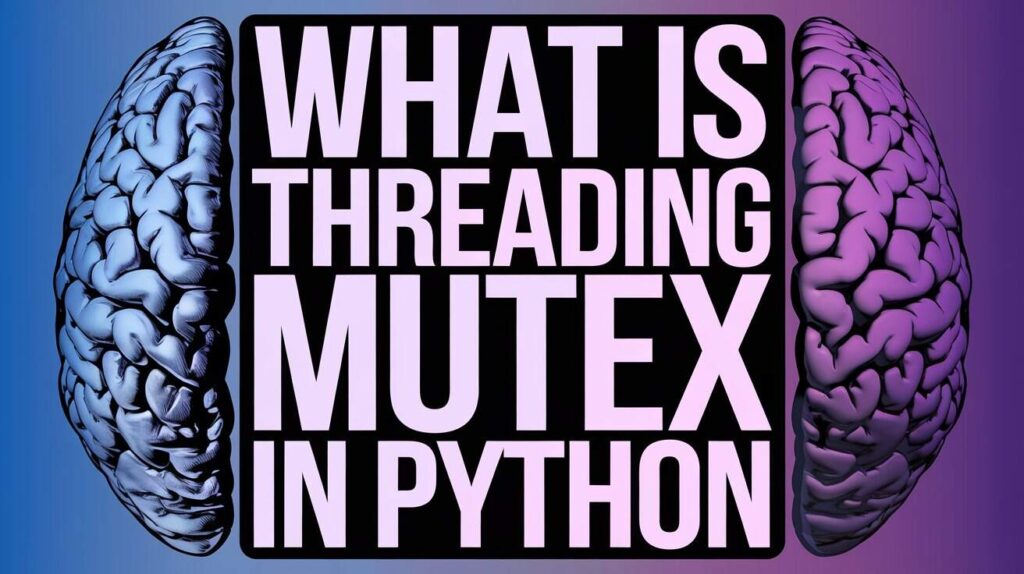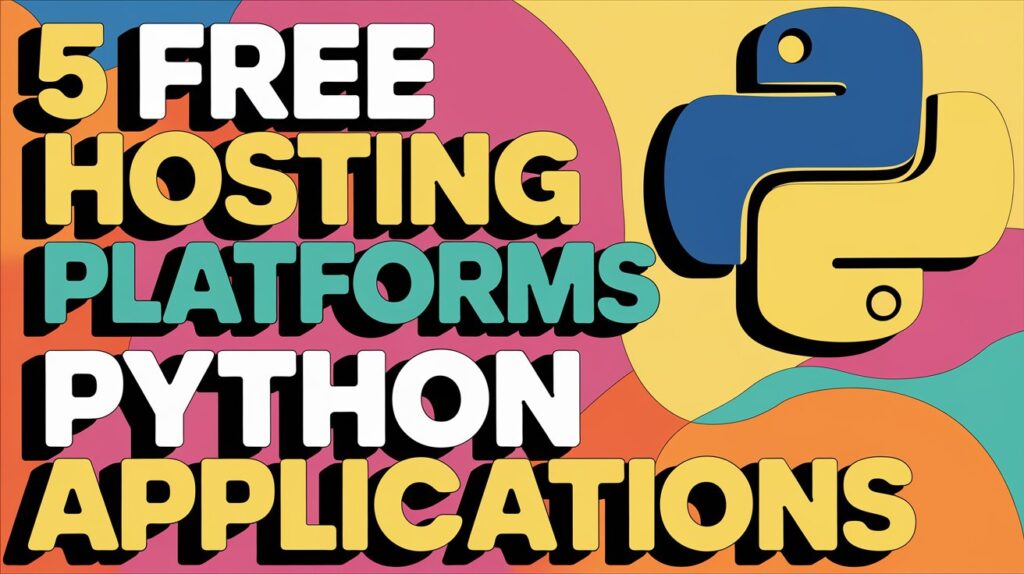In the world of artificial intelligence and machine learning, large language models (LLMs) like GPT, LLaMA, and Falcon have transformed the way we interact with machines. These models are capable of answering questions, generating content, coding, and even holding human-like conversations. However, the massive size of these models often requires high-end hardware—typically GPUs—for training or fine-tuning. For developers with limited resources, it’s now possible to fine-tune a small LLM using CSV data without GPU, making custom AI applications more accessible and affordable.
But what if you want to fine-tune a small LLM for your domain-specific task and don’t have access to a GPU? In this guide, we’ll explore how to fine-tune a lightweight language model using CSV data on a CPU-based system, step by step. Whether you are an AI enthusiast, a solo developer, or working in a resource-constrained environment, this article is for you.
Table of Contents
Why Fine-Tune a Small LLM?
While large models like GPT-4 offer incredible capabilities, they are often overkill for small, specific tasks. Fine-tuning a smaller model can offer several advantages:
- Cost-efficient: No need for cloud GPUs or expensive hardware
- Faster iteration: Smaller models train and adapt more quickly
- Custom knowledge: Tailor the model to your domain (e.g., medical, legal, financial)
- Local deployment: Easier to run on local machines or edge devices
Fine-tune a Small LLM using CSV data without GPU
Follow the steps below to fine-tune a small LLM using CSV data without GPU.
Step 1: Choose a Small Language Model
Start by selecting a compact and CPU-friendly language model. Popular options include:
- DistilBERT: A distilled version of BERT, small and fast
- ALBERT: A lite version of BERT with fewer parameters
- TinyLLaMA: Extremely small LLM trained for edge devices
- GPT2-small: A lightweight version of OpenAI’s GPT-2
Use Hugging Face Transformers to access these models:
pip install transformers datasetsStep 2: Prepare Your CSV Dataset
Most custom data lives in CSV format. For example, a CSV might look like this:
prompt,response
"What is the capital of France?","Paris"
"Who wrote Hamlet?","William Shakespeare"
You’ll need to load and format this data properly. Use the pandas library to read your CSV:
import pandas as pd
from datasets import Dataset
df = pd.read_csv("qa_dataset.csv")
dataset = Dataset.from_pandas(df)Ensure your CSV has clear input (prompt) and output (response) fields.
Step 3: Tokenize the Data
What Does Tokenization Mean?
Tokenization is the process of converting raw text (like your prompts and responses) into numerical data that machine learning models can understand. Every word or sub-word in a sentence is converted into a token ID based on the model’s vocabulary.
This process allows the model to interpret and learn from the text during training.
from transformers import AutoTokenizer
tokenizer = AutoTokenizer.from_pretrained("distilgpt2")
def tokenize_function(examples):
return tokenizer(examples["prompt"], text_target=examples["response"], truncation=True)
tokenized_dataset = dataset.map(tokenize_function, batched=True)Tokenization Code Explained
AutoTokenizer.from_pretrained("distilgpt2"): Loads the tokenizer associated with thedistilgpt2model. A tokenizer breaks down sentences into smaller units (tokens) and maps them to integers.tokenize_function(examples): Defines how to tokenize each row. It takes the “prompt” as the input and “response” as the target (which is useful for training language generation models).truncation=True: Ensures that inputs that exceed the model’s maximum length are cut off appropriately, preventing memory overflow.dataset.map(..., batched=True): Applies thetokenize_functionto the entire dataset efficiently in batches.
After this step, your dataset will be transformed into numerical token IDs ready for model training.
Step 4: Initialize the Model
Now load the model you want to fine-tune.
from transformers import AutoModelForCausalLM
model = AutoModelForCausalLM.from_pretrained("distilgpt2")Make sure to choose a model compatible with causal language modeling if you are using prompt-response data.
Step 5: Fine-Tune the Model on CPU
Here’s how to train without a GPU:
from transformers import TrainingArguments, Trainer
training_args = TrainingArguments(
output_dir="./results",
num_train_epochs=3,
per_device_train_batch_size=4,
per_device_eval_batch_size=4,
warmup_steps=10,
weight_decay=0.01,
logging_dir="./logs",
no_cuda=True, # This disables GPU
)
trainer = Trainer(
model=model,
args=training_args,
train_dataset=tokenized_dataset,
)
trainer.train()Training Code Explained
This section uses Hugging Face’s Trainer API, which simplifies the training loop for NLP models.
TrainingArguments: Configures how training is run, including:output_dir: Directory where trained models and logs will be saved.num_train_epochs: Number of training passes over the dataset.per_device_train_batch_size: Number of samples processed together during each training step.warmup_steps: Initial steps with a slower learning rate to stabilize training.weight_decay: Helps reduce overfitting by penalizing large weights.no_cuda=True: Ensures the model uses only CPU (GPU is disabled).
Trainer: A high-level training wrapper. You provide it with the model, training arguments, and dataset.trainer.train(): This command starts the fine-tuning process.
Note: Training on CPU will be slow. Reduce dataset size and epochs during experimentation.
Step 6: Evaluate and Save the Model
After training, save the fine-tuned model:
model.save_pretrained("./my-finetuned-model")
tokenizer.save_pretrained("./my-finetuned-model")To test it:
from transformers import pipeline
generator = pipeline("text-generation", model="./my-finetuned-model")
print(generator("What is the capital of France?", max_length=50))Optimization Tips for CPU Training
Fine-tune a small LLM using CSV data without GPU can be slow and resource-intensive compared to GPU-based training. However, with some smart optimizations, you can drastically improve performance and reduce training time. Below are several actionable tips you can follow to make CPU-based training more efficient:
- Use smaller batch sizes: Training on a CPU means limited memory bandwidth. Lowering the
per_device_train_batch_size(e.g., 2 or 4) can reduce memory usage and prevent crashes. - Reduce sequence length: Limit the number of tokens processed per example. Shorter sequences speed up training and decrease memory load. You can achieve this with
truncation=TrueDuring tokenization. - Limit training epochs: Unlike GPU training, you don’t need to run the model for 10+ epochs. Start with 1-3 epochs and monitor performance. You can always increase epochs if needed.
- Enable mixed-precision or 8-bit quantization: Use libraries like
bitsandbytes,optimum, ortransformersBuilt-in quantization options to run models with reduced precision (like int8 or float16), saving memory and accelerating processing. - Freeze some model layers: Freezing lower layers and fine-tuning only the top layers reduces computational overhead while still adapting the model to your task.
- Use gradient accumulation: If even small batch sizes are too large, accumulate gradients across multiple forward passes with
gradient_accumulation_steps. - Use efficient models: Select transformer architectures optimized for speed and size, like
DistilGPT2,TinyLLaMA, orGPT2-small. - Disable unnecessary logging and evaluation: Set
logging_stepsto a higher value or disable eval during training for faster runs. - Use CPU-optimized libraries: Make sure you’re running on the latest PyTorch version and leverage Intel’s MKL or OpenBLAS for optimized matrix operations.
By applying these techniques, you can fine-tune a small LLM using CSV data without GPU more practical and even suitable for larger-scale use cases in environments without GPU access.
Related Post:
>> How to Upload Large Files in Flask Without a Timeout Issue
>> Encoding and Decoding Using Base64 Strings in Python
>> How to Configure GitLab on Ubuntu?
Final Thoughts
Fine-tune a small LLM using CSV data without gpu doesn’t have to be expensive or require top-tier hardware. With the right tools, some patience, and a bit of creativity, you can train powerful domain-specific models using just your CPU and a simple CSV file.
Whether you’re building a customer service bot, educational assistant, or just experimenting, small LLMs offer a world of possibilities, even on a shoestring setup.
Ready to build your own? Start small, iterate fast, and keep learning!




